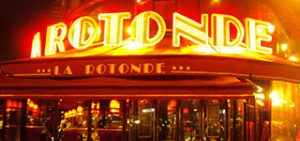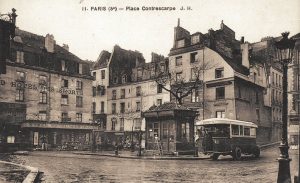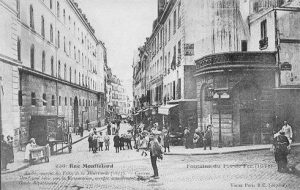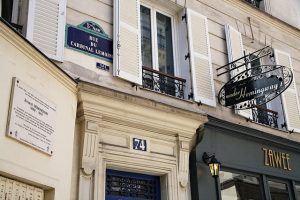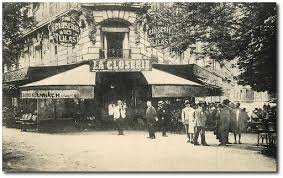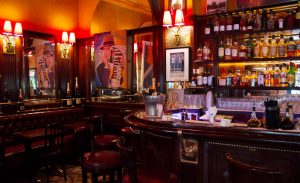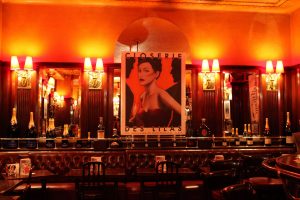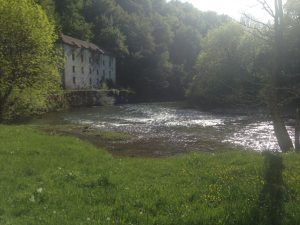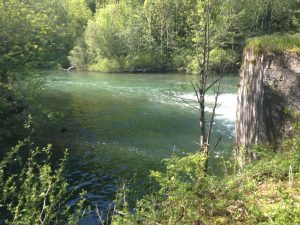Hemingway kept to a more or less fixed routine in Paris. He would get up around six and write (work) up to two or three in the afternoon. Depending on how busy it was expected to be at home he would either write at home or would go to one of the café’s in the area. La Closerie de Lilas was one of those café’s, but Hemingway frequented also several others. One of which is Café de Flore (172 Boulevard Saint Germain ). This café has started to hand out a literary prize each year since 1994, La Prix de Flore, which consists of a cash sum of money and a glass of white wine every day for a year long.
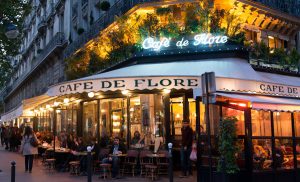
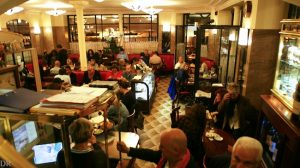
Brasserie Lipp was one of the other café’s Hemingway liked to go to write. The problem with Lipp’s was that he couldn’t always afford it. Starting out as a writer in Paris on only Hadley’s (his first wife) trust funds was not a walk in the park and often they could just afford to buy food and wood for the stove. They did lend money from a host of people and in general had a hard time in making ends meet. This made the visits to Brasserie Lipp limited to the occasions Hemingway would get in some money for one of his newspaper articles or (only later) his short stories.
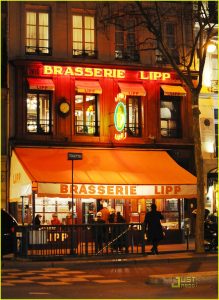
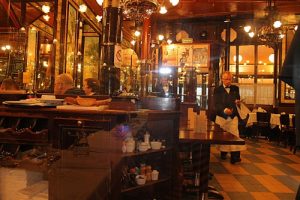
There were (and are) also bars that Hemingway visited to drink and not to work. He did like to keep those two separated. This are the more well-known bars like Le Dome, Le Select and La Rotonde. All of these bars are situated in the Montparnasse district on the left bank of the Seine. In a relative small area. If one would want to visit all these bars on one evening, one would not have to walk far.
